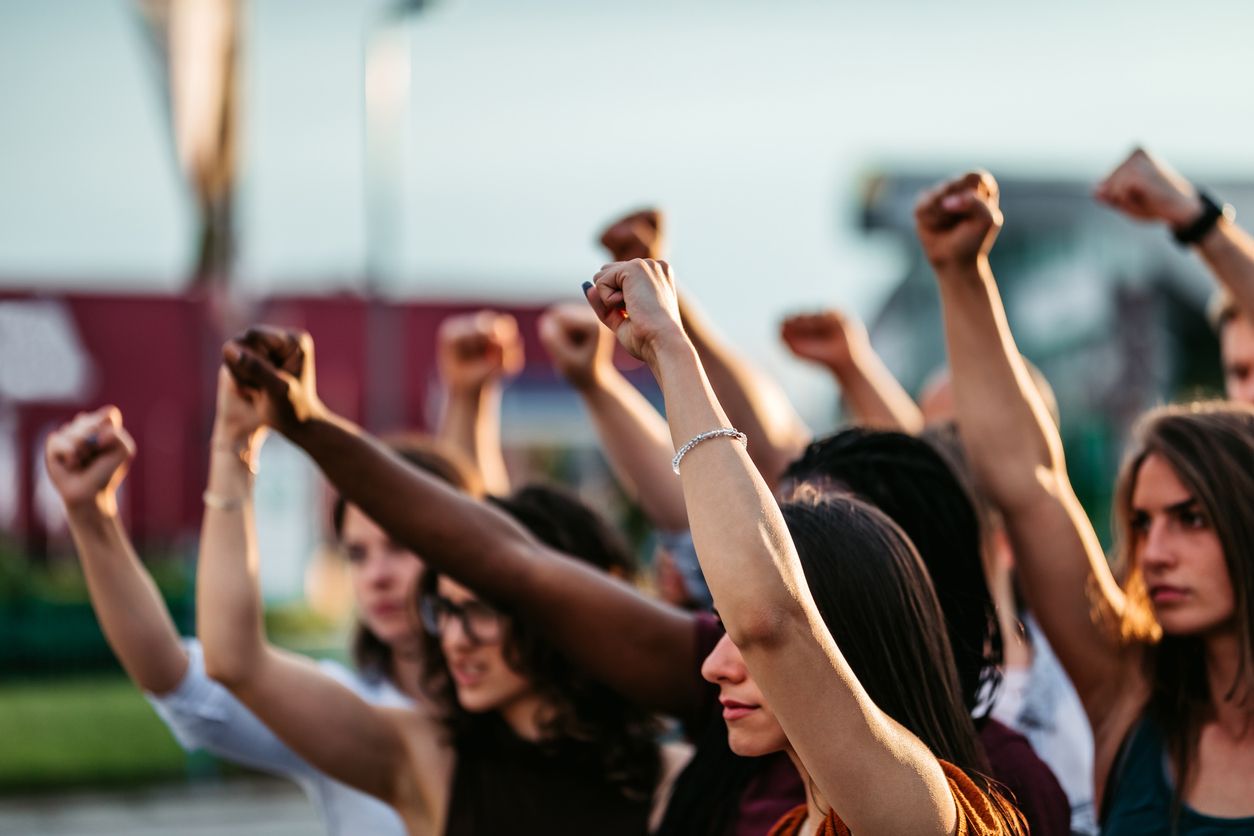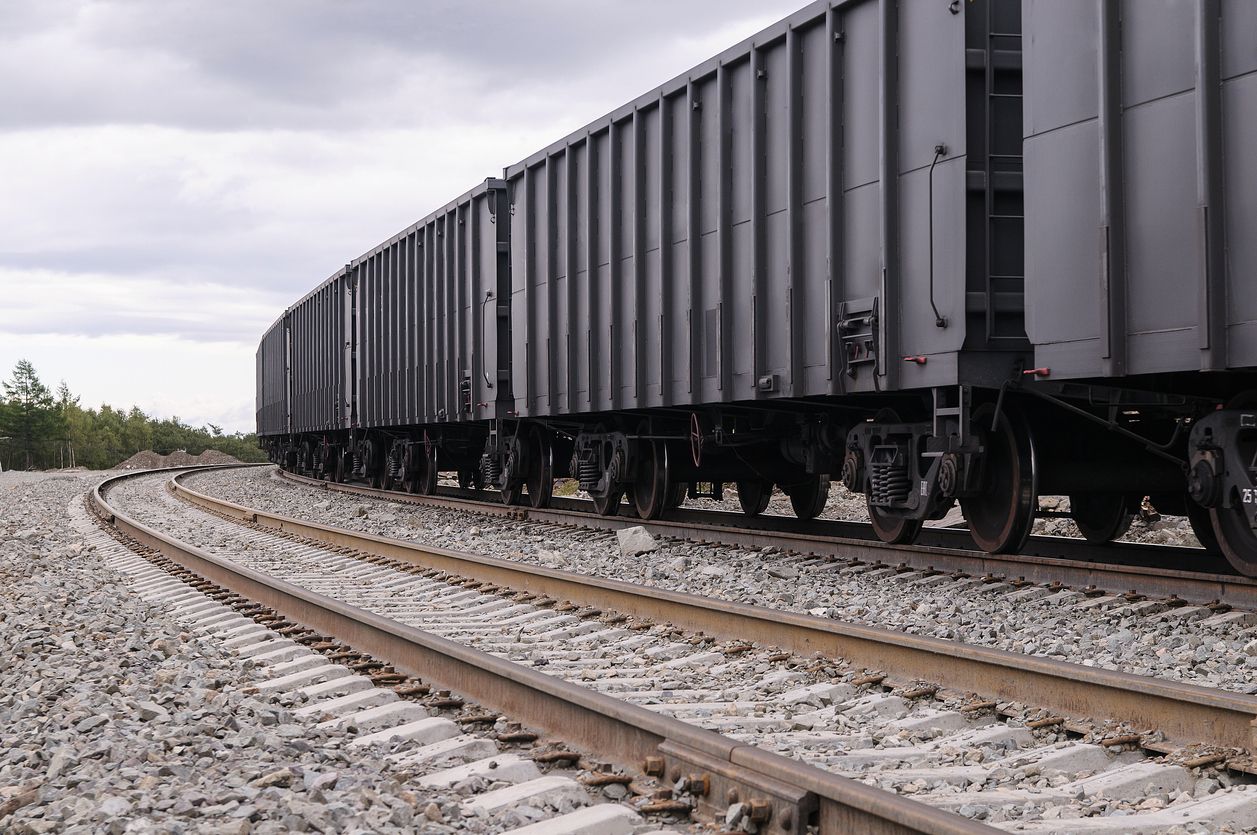The 2-Minute History of Labor Day in America
 The 2-Minute History of Labor Day in America
The 2-Minute History of Labor Day in America

The first official Labor Day was signed into law by President Grover Cleveland in 1894 — it’s been a federal holiday for longer than Thanksgiving has! But after 125+ years, many Americans have forgotten the dire circumstances that called for worker reform to begin with. Though the day is now celebrated with pool parties and burgers on the grill, pause and raise a glass to the labor activists who rallied for eight-hour workdays and other essential worker protections that too many of us take for granted.

The First Unofficial Labor Day
Nineteenth-century workers in the United States could only dream of Dolly Parton’s “9 to 5” work schedule. Instead, they’d clock 12 hours a day, 7 days a week — even children as young as 5 and 6, despite many state regulations prohibiting child workers. Jobs were often demanding and unsafe — think mills, mines, and factories — and yet they paid extremely low wages. By 1882, workers had hit their limit. The Central Labor Union (an early trade union in New York, Brooklyn, and New Jersey that began in 1867) organized a demonstration to take place during prime work hours on Tuesday, September 5, 1882.
Some 10,000 bricklayers, cigar makers, dressmakers, printers, and shoemakers went on strike for the day. They marched from New York’s City Hall to a park uptown — roughly seven miles — where a massive picnic and prominent speakers were waiting. “Nearly all were well-clothed, and some wore attire of fashionable cut,” The New York Times reported. “The great majority smoked cigars, and all seemed bent upon having a good time at the picnic grounds.”
The Haymarket Affair
Interior of a factory

Not all demonstrations were as jovial as the march in New York. On May 4, 1886, workers gathered at Chicago’s Haymarket Square for a rally supporting workers’ rights — not only were they still pushing for an 8-hour workday, but they were directly responding to the deaths of at least two workers by Chicago police the day before at a McCormick Reaper Works factory strike. Late into the evening, when police ordered protestors to disperse, a homemade bomb was launched in the officers’ direction. Ultimately, seven police and one civilian died, and though there was no evidence any of them were involved with or behind the bomb, eight men were convicted of the crime (four of whom were hanged).
Finally a Federal Holiday

Despite the marches, protests, demonstrations, and even violence, it took awhile for the winds of change to reach across the entire U.S. Although many states had begun to adopt Labor Day as a holiday, federal progress didn’t happen until 1894, when workers of the Pullman Palace Car Company went on strike, effectively bringing transportation and freight to a halt in the Chicago area. To calm the storm brewing around the major railway hub — and, likely, to keep the blue-collar vote after his harsh suppression of the Pullman strike during an election year — President Grover Cleveland declared Labor Day a federal holiday once and for all.
The September 1882 march in New York City is now recognized as the first Labor Day celebration, and the idea for the parade and demonstration is generally attributed to American Federation of Labor co-founder Peter J. McGuire, who chose the date because it fell approximately halfway between Independence Day and Thanksgiving. Another labor activist, however, could also be considered the founder. New Jersey machinist Matthew Maguire, who served as the secretary of the Central Labor Union and led many worker strikes beginning in the 1870s, was hailed as the “Father of the Labor Day holiday” by an editorial in his local newspaper, which called for President Cleveland to give Maguire the pen that was used to sign the law as a souvenir.
“8 Hours Labor, 8 Hours Recreation, 8 Hours Rest”

It took another 22 years and the threat of a 400,000-worker railroad strike for the eight-hour workday to finally come to fruition for the masses. Under the rallying cry of “Eight hours labor, eight hours recreation, eight hours rest,” workers demanded that their employers provide more reasonable work hours. When the railroads refused, President Woodrow Wilson stepped in to prevent rail traffic from grinding to a halt. On September 2, 1916, Congress and Wilson passed the Adamson Act that designated an eight-hour workday for railway workers. Although government workers and some unionized industries had already instituted a maximum work day of eight hours, the Adamson Act was a big win for the average private-sector worker.
The 30-Hour Work Week That Could Have Been

Over the course of the next few decades, many more thoughts on how to improve conditions for workers would follow. One that most of us probably wish had passed: the 30-hour work week. In the early 1930s, Alabama Senator Hugo Black proposed the Fair Labor Standards Act, which included plans for a 30-hour workweek. It passed in the Senate, but alas, died in the House.
A few years later, a revised Fair Labor Standards Act of 1938 finally passed, bringing the 40-hour work week to many laborers. It also created the minimum wage — 25 cents at the time — and made employers pay time-and-a-half for anything in excess of 40 hours. The Act meant raises for 700,000 workers; President Franklin Roosevelt called it one of the most important pieces of legislation of his entire New Deal.
Modern-Day Labor Day

Workers’ rights have continued to evolve and change over the decades, and many industries are still fighting for workplace rights and considerations; for example, news media organizations are unionizing at higher rates than ever before, and a bill was introduced in 2019 to give domestic workers (including nannies and house cleaners) federal protection and collective bargaining rights.
Today, Labor Day is often seen as an end-of-summer fling, with one last chance for a barbecue or trip to the beach. But, if you’re fortunate enough to enjoy it as a day off, take a moment to recognize the many decades’ worth of laborers who risked their lives and livelihoods to give us safer working conditions, better pay, and more work-life balance.

Elizabeth Theus- Posts : 5592
Points : 11448
Reputation : 110
Join date : 2021-04-20
Age : 69
Location : Lansing, KS
Red Lily and JMWinPR like this post
 Similar topics
Similar topics» Ten books that tell the real history of America
» 4 minute vs 8 minute Poached Eggs
» Memorial Day: The Forgotten History of America’s Memorial Day and What It Commemorates (Video)
» Ridin' The Dog - Going Greyhound, back 35 years ago, when America was America
» Labor Day...
» 4 minute vs 8 minute Poached Eggs
» Memorial Day: The Forgotten History of America’s Memorial Day and What It Commemorates (Video)
» Ridin' The Dog - Going Greyhound, back 35 years ago, when America was America
» Labor Day...
Permissions in this forum:
You cannot reply to topics in this forum